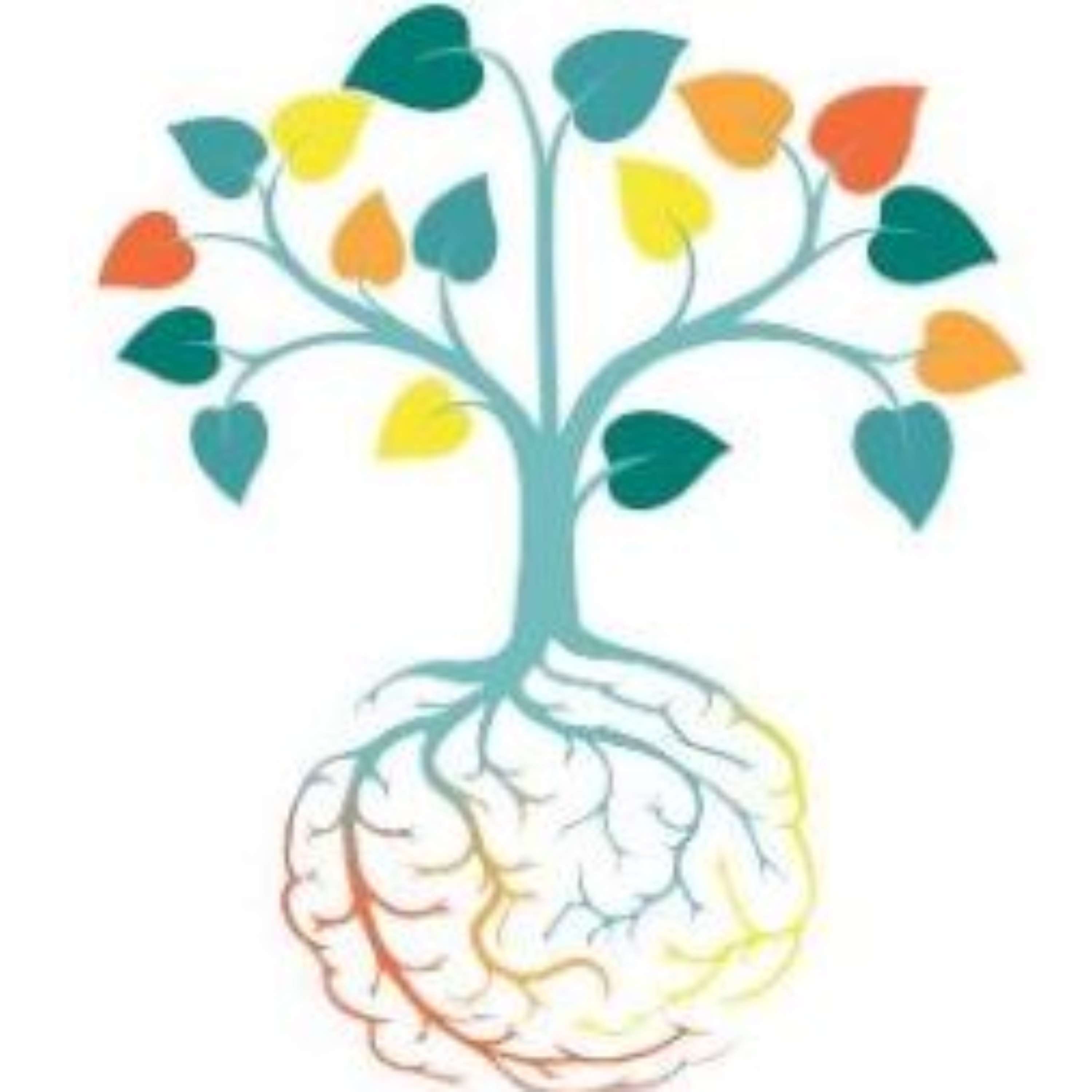Show Notes
"... my fairy-tales were just as much for adults as for children, who only understood the ornamental trappings, but only as mature adults can they see and perceive the contents. That the naive was only one part of my fairy-tales, that humour was the actual zest in them" - Hans Christian Andersen’s journal entry from June 4, 1875
The Ugly Duckling is not a simple fairytale. It appeals to children through animal characters, an exciting plot, and beautiful language, yet it also appeals to adults who can perceive the illuminating concepts and abstractions. In this episode, I dig deep into three distinct story elements that weave together to illustrate the complete transformation of our hero: Resilience, Self-Concept, and the Hero’s Journey - ending in peace and happiness for the Ugly Duckling.
Discussion Points:
- Hans Christian Andersen and his work
- Three story strands that weave together - Resilience, Self-Concept, and a Hero’s Journey
- Resilience - how is it illustrated?
- Self-concept in the duck yard - rejection and abuse
- The 3 stages of the ‘Hero’s Journey’
- Andersen’s quote about the fairy tale
- Rising above discouraging words and becoming himself
- Encouraged by joy and hope
- Rescued from the ice by a kind farmer
- The ‘hero’s return’ and metamorphosis
- A quote from the author
- Subscribe or Follow the podcast, and use the links below to access the Thinking Curious Project and The Thinking Curious Review for additional content
Resources:
Cognitive Development Coaching with Jessica
Hans Christian Andersen's Biography
Resilience - Circle of Courage
Andersen’s June 4th Journal Entry

